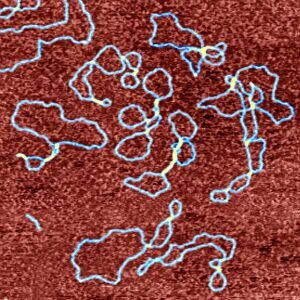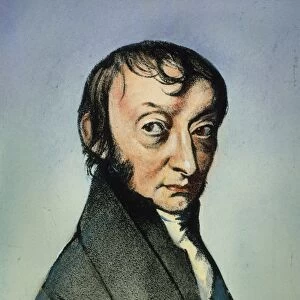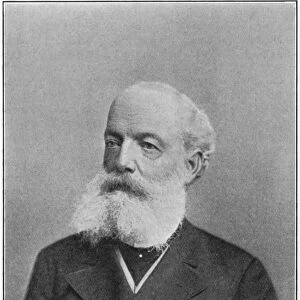Penicillin drug molecule
![]()

Wall Art and Photo Gifts from Science Photo Library
Penicillin drug molecule
Penicillin. Computer graphic of part of a molecule of penicillin, an antibiotic drug. The spheres represent atoms and are colour-coded as: carbon (green), oxygen (red), hydrogen (white), nitrogen (blue) and sulphur (yellow). The atoms are joined by atomic bonds. Penicillin, like all antibiotics, is an anti-bacterial drug. Penicillin was discovered by Alexander Fleming in 1928 after he observed that Penicillium notatum mould prevented the growth of bacteria. Since then, many types of penicillins from a range of fungi have been isolated and manufactured for medical use. Graphic of a molecule from a Penicillium sp. mould
Science Photo Library features Science and Medical images including photos and illustrations
Media ID 6279671
© PASIEKA/SCIENCE PHOTO LIBRARY
Anti Biotic Antibiotic Drug Biochemistry Biochemical Circle Circles Compound Compounds Computer Graphic Drug Molecule Molecular Graphic Molecules Penicillin Pharmaceutical Pharmaceutics Round Shape Rounded Circular
EDITORS COMMENTS
This print showcases the intricate beauty of a penicillin drug molecule. In this computer graphic representation, each sphere represents an atom and is color-coded to distinguish carbon (green), oxygen (red), hydrogen (white), nitrogen (blue), and sulphur (yellow). The atoms are connected by atomic bonds, forming a complex structure that embodies the power of this antibiotic drug. Penicillin, discovered by Alexander Fleming in 1928, revolutionized medicine after he observed its ability to inhibit bacterial growth. This breakthrough led to the isolation and production of various types of penicillins from different fungi for medical use. As one of the most widely used antibiotics today, penicillin has saved countless lives by effectively combating bacterial infections. The image not only highlights the scientific significance but also emphasizes the artistry behind molecular structures. Its rounded circular shape creates a visually pleasing composition that merges science with aesthetics. It serves as a reminder that even at microscopic levels, there is elegance in nature's design. This print from Science Photo Library offers a glimpse into biochemistry and pharmaceutical advancements without mentioning any commercial applications. It celebrates the remarkable achievements made in understanding molecules like penicillin while inviting us to appreciate their profound impact on our health and well-being.
MADE IN THE UK
Safe Shipping with 30 Day Money Back Guarantee
FREE PERSONALISATION*
We are proud to offer a range of customisation features including Personalised Captions, Color Filters and Picture Zoom Tools
SECURE PAYMENTS
We happily accept a wide range of payment options so you can pay for the things you need in the way that is most convenient for you
* Options may vary by product and licensing agreement. Zoomed Pictures can be adjusted in the Basket.





